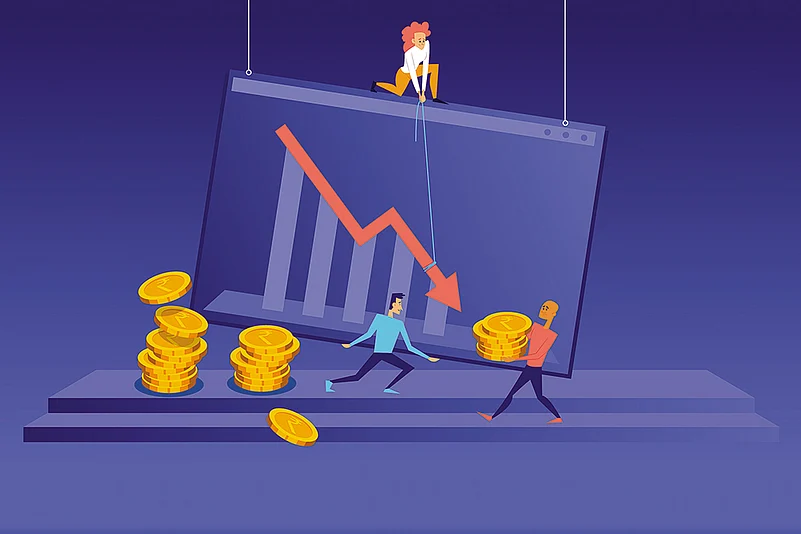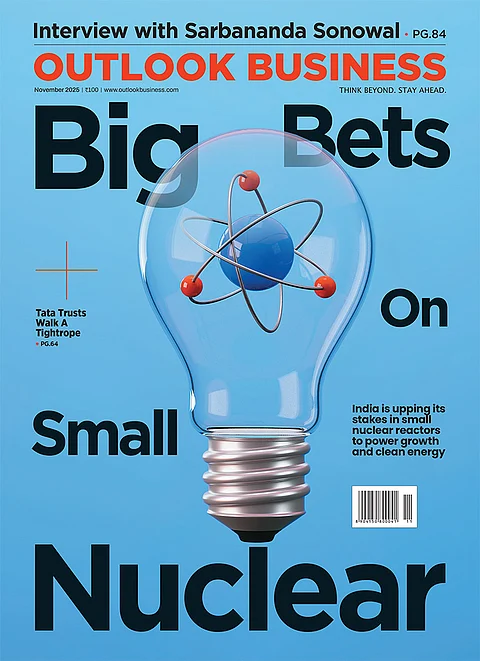
RBI kept repo rate steady at 5.5% on Oct 1, but left door open for future cuts.
MPC sharply lowered inflation forecast, with CPI inflation below 4% since Feb 2025, hitting 2.07% in Aug (six-year low).
Crisil Intelligence report said downside risks to GDP exist in H2 FY26 due to US tariffs.
GST rate rationalisation may partly offset tariff impact.
Labour-intensive sectors seen as most vulnerable to tariff pressures, needing policy support.
RBI has already cut policy rate by 100 bps in 2025 (Feb, Apr, Jun).
Fed’s expected rate cuts may create more room for RBI easing.
The Reserve Bank of India (RBI) has kept the possibility of future rate cuts open, with its monetary policy committee (MPC) sharply revising its inflation forecast downwards, according to a recent report by Crisil Intelligence.
The central bank had on October 1 kept its policy interest rate unchanged at 5.5% for the second consecutive time, citing concerns over tariff uncertainties.
The report said the MPC acknowledged that GDP growth would face downside risks in the second half of the current financial year (2025-26), due to the impact of US tariffs.
However, the recent rationalisation of GST rates will partially offset the overall impact, Crisil Intelligence said.
“Certain labour-intensive sectors are most vulnerable to the impact of US tariffs and need policy support. With inflation becoming a less worry this fiscal, the initiation of US Federal Reserve's rate cuts will provide space for the RBI to cut rates,” the report stated.
Since February 2025, the RBI has reduced the policy rate by 100 basis points. In its previous policy review in June, it had trimmed the repo rate by 50 basis points to 5.5%.
The central bank has been tasked by the government to ensure that Consumer Price Index (CPI)-based retail inflation remains at 4% with a margin of 2% on either side.
Based on the recommendation of the MPC, the RBI reduced the repo rate by 25 bps each in February and April, and 50 basis points in June amid easing retail inflation.
The retail inflation is trending below 4% since February this year. It eased to a six-year low of 2.07% in August, aided by an easing of food prices and favourable base effect.





























